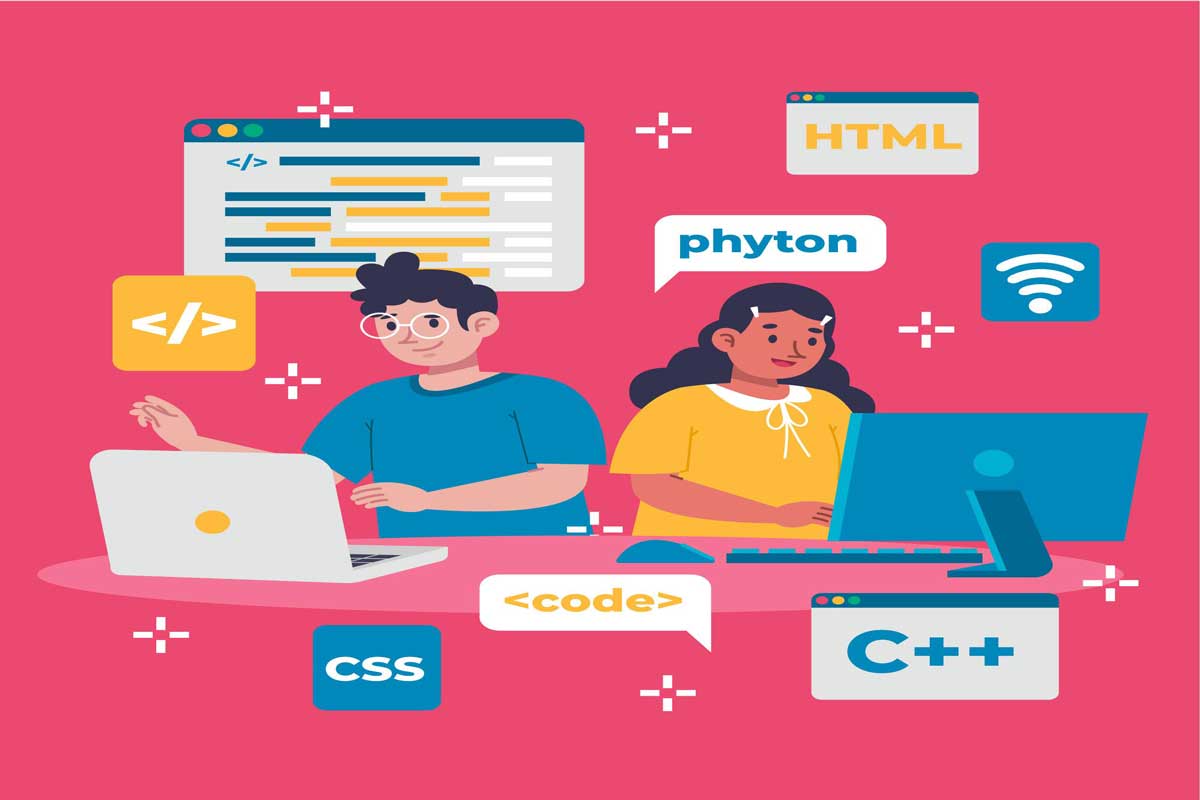Programming Languages and Paradigms: Navigating the Digital Landscape
In the vast realm of computer science, programming languages serve as the bedrock upon which software systems are built and innovations are brought to life. But beyond mere syntax and semantics lies a rich tapestry of paradigms, each offering unique approaches to problem-solving and software design. In this article, we embark on a journey through the fascinating world of programming languages and paradigms, exploring their nuances, strengths, and real-world applications.

Unraveling the Diversity of Programming Languages
Programming languages come in all shapes and sizes, each tailored to specific domains, tasks, and paradigms. From low-level languages like C and assembly to high-level languages like Python and Java, their diversity reflects the evolving needs of developers and technology.
Low-Level Languages
Low-level languages, such as C and assembly, provide direct control over hardware resources and memory management. These features make them ideal for systems programming and embedded development.
High-Level Languages
High-level languages like Python, Java, and JavaScript simplify coding by abstracting hardware complexities. Their powerful features enable rapid development, making them popular for web development, data science, and artificial intelligence.
Domain-Specific Languages (DSLs)
DSLs cater to specific domains, allowing developers to write concise, domain-specific solutions. Examples include SQL for database queries and LaTeX for document formatting.
Embracing Programming Paradigms
Beyond syntax, programming paradigms influence how developers approach problem-solving. Each paradigm provides unique methodologies and design patterns for software development.
Imperative Programming
Imperative languages define a sequence of statements to achieve a goal. Examples include C, Python, and JavaScript.
Functional Programming
Functional programming treats computation as mathematical function evaluations. It emphasizes immutability and higher-order functions. Languages like Haskell, Lisp, and Clojure follow this paradigm.
Object-Oriented Programming (OOP)
OOP focuses on objects that encapsulate data and behavior. Languages like Java, C++, and Python support OOP principles such as inheritance, polymorphism, and encapsulation.
Declarative Programming
Declarative languages specify what needs to be done rather than how to do it. SQL, Prolog, and HTML/CSS are common examples used in database querying, logic programming, and web development.
Choosing the Right Tool for the Job
With numerous programming languages and paradigms available, developers must consider project requirements before selecting a tool. Several factors influence this choice.
Performance
Performance-critical applications benefit from low-level languages like C or C++ due to their efficiency and resource control.
Productivity
High-level languages such as Python or Ruby enhance productivity with their expressive syntax and quick development cycles.
Concurrency
For concurrent and distributed systems, functional and actor-based languages like Erlang or Elixir offer significant advantages.
Legacy Systems
When working with legacy systems, developers often choose languages compatible with existing codebases and infrastructure.
Embracing the Evolution of Programming Languages
As technology advances, programming languages and paradigms continue to evolve. Developers must stay updated with emerging trends to remain competitive.
Rise of Domain-Specific Languages
New DSLs are emerging, allowing developers to write code in a more natural and intuitive way for specific industries.
Concurrency and Parallelism
Languages now integrate features for concurrency and parallelism, optimizing performance for multi-core processors and distributed systems.
Language Interoperability
Interoperability between languages enables developers to use multiple languages within the same project, improving code reuse and collaboration.
Language Extensibility
Extensibility features, such as macros and metaprogramming, allow developers to customize languages to suit specific needs.
Conclusion
Programming languages and paradigms form the backbone of software development. By understanding their nuances, developers can make informed decisions, optimize workflows, and build innovative solutions. Adapting to changes in programming trends empowers developers to stay ahead in the ever-evolving world of technology.
